Browallia: features of home cultivation and propagation
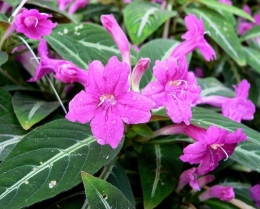
Browallia belongs to the Solanaceae family and is on the same level as petunia. In total, there are 6 types of plants in nature, but only beautiful Brovallia is suitable for home cultivation.
Colombia is considered the birthplace of Browallia; it was from there that it was brought to Europe. Under natural conditions, it is widespread in South and Central America.
Content:
Description of the plant
Browallia is an annual plant; in the wild it can grow up to 1.5 meters in height. At home it grows as small bushes. To make them more lush and branch better, the stems are periodically pinched. Browallia is used to decorate balconies and simply place them in pots on window sills.
The main decorative value of brovallia is its flowering. If you provide it with proper care and good conditions, then during the flowering period the entire bush will be covered with bright purple flowers. Depending on the species, the flowers can be white, purple or blue.
Flowering period lasts a surprisingly long time, if for another plant the flowering period ranges from 3 weeks to 2 months, then for brovallia it is from 16 to 18 months, that is, up to a year and a half. Even in winter, browallia does not shed its flowers and foliage; only the color of the plant may be less bright due to low light.
Domestic browallia blooms only once, after which it is considered old.The life cycle lasts only two years, but it can be extended by propagating the flower.
The most common types of Browallia:
- Beautiful (gorgeous)
- Large-flowered
- Hairy
- Sticky
- Sapphire
- Beautiful Brovallia is grown at home. The color can vary from white to purple, the pedicels are long, up to 2.5 cm. The leaves are up to 6 cm long, blooms throughout the year.
- Browallia grandiflora is an annual plant, the height of the bush reaches 50 cm, the flowers are white or blue, the flowering period is from November to January.
- Brovallia pubescent blooms profusely, the flowers are either blue or purple, the diameter of each individual flower reaches 2.5 cm.
- Brovallia sticky grows up to 30 cm, the bush is very dense, the flowers are small, but in large quantities. The name comes from the sticky stem of the flower. The flowering period lasts from November to February.
- Brovallia sapphire is so named because of its sapphire color numerous flowers, plant height is on average 20-25 cm.
Brovallia care
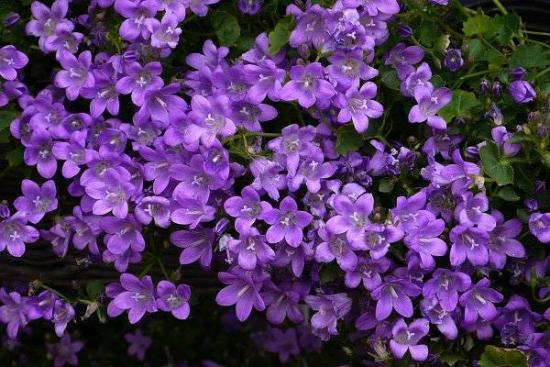
Browallia is an unpretentious plant. Caring for it is very simple and consists of timely removal of dried leaves and faded flowers.
If cultivation is carried out in the garden, then flowering will last until the frostiest days. Periodically, the ends of the shoots can be pinched to give the plant shape and to enhance branching.
The plant is poisonous, so all operations must be carried out with gloves, and after that, wash your hands. The plant likes it when old shoots are completely pruned. To make browallia seem more lush at home, you can plant several bushes in one pot, and in the garden in small groups.
Browallia loves bright areas, but not open ones.It is best to provide it with partial shade so that the rays of the sun do not burn the leaves. Brovallia is not picky about soil and loves moisture. In summer, it should be provided with abundant watering, but in winter, watering should be stopped to avoid rotting of the roots.
The plant does not like hot weather; it is good if the ambient temperature reaches 20 degrees, and in winter 10-15 degrees. If the brovallia is hot, this can be understood by the yellowed, dried leaves; the flower can bloom in such conditions, but the flowering will not be so abundant, there will be very few buds. If the humidity in the room is too low, then whiteflies and spider mites may form on the leaves, and sometimes scale insects appear.
If the room is dry, then the plant can be sprayed, but this is done extremely carefully so that moisture does not get on the flowers, otherwise stains may appear.
Brovallia every two weeks needs to be fertilized. You can use an all-purpose liquid fertilizer for houseplants. Brovallia is fertilized only during the flowering period.
Browallia is an annual plant, which means that after flowering it is replaced with a new flower, which is grown from cuttings or seeds. It is advisable to plant new plants in soil consisting of sand and humus soil.
Features of reproduction
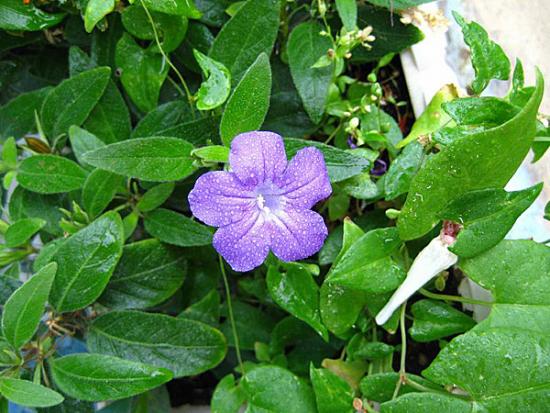
Throughout the year, brovallia can be propagated vegetatively, to be more precise by cuttings. The second method, less common, is propagation by seeds. Seeds also do not have clear boundaries when it is best to plant them; it can be either summer or winter.
Depending on when the seeds were sown, the flowering period will also change.For example, when growing indoors, so that the plant begins to bloom as early as possible, the seeds are sown in August, when growing in gardens - in February. The seeds are not covered with soil, as they require light to grow. After rooting, the shoots need to be pinched.
To grow seedlings from seeds you need to do the following: prepare loose, moist, peaty soil, put it in a bowl, then sow the seeds at a large distance from each other; there is no need to cover it with soil. Every day the soil is sprayed with warm water from a spray bottle.
The bowl is covered with glass or plastic film to create a greenhouse effect and left in a well-lit place. Every day the cover should be removed for 1-2 hours. If the room temperature is kept at 22-25 degrees, then the first shoots will appear within 10 days.
When the seedlings germinate well, they are transplanted one at a time into narrow pots. When constant warm weather sets in in the spring, the brovallia can be transplanted to a permanent place in the garden or into pots and containers.
If the seeds are prepared for growing in open ground, then before sowing they need to be soaked in warm water for several days. This is necessary to increase germination and speed up the germination process. First, the flowers are provided with a closed greenhouse, then open air is left.
Interesting video about brovallia:
Interesting information about the vegetable garden

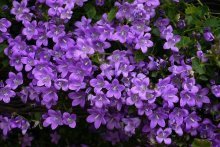
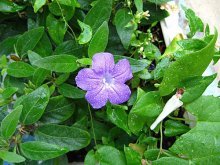
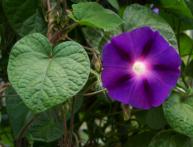

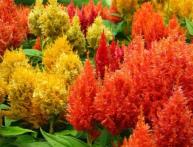

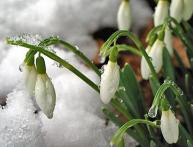
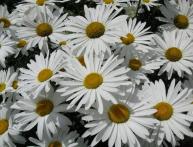
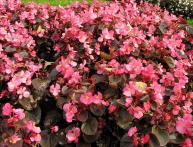
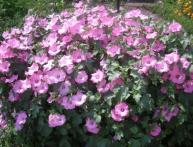
Comments
In general, Browallia is an unpretentious plant, but I can’t grow it at home, but I’ll try again
An article about brovallia, and a photo of two different ruellias and a bell